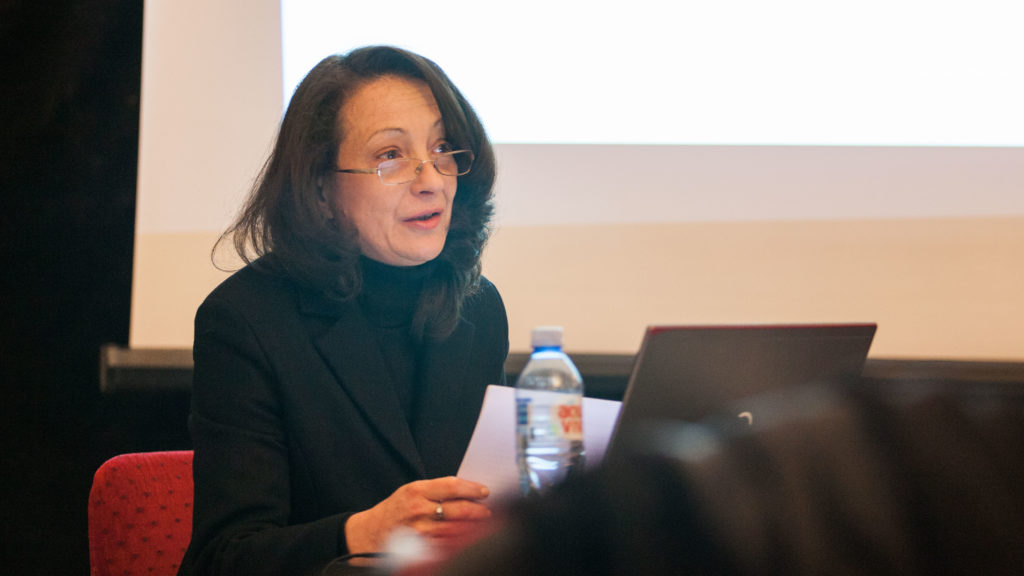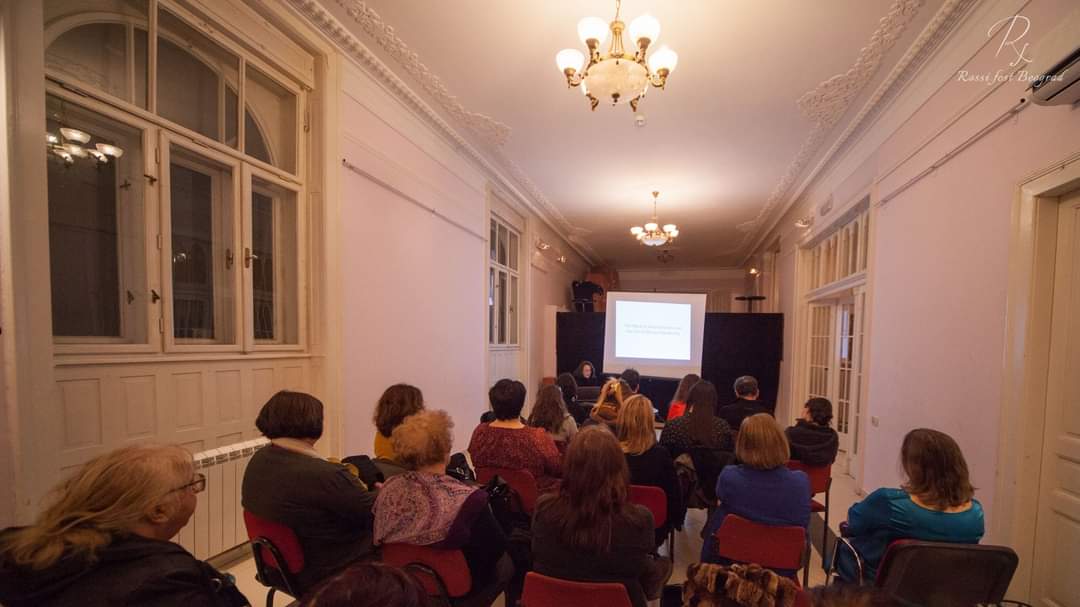Delo salamona Rosija (Salamone Rossi, Mantova, oko 1570-1630), jevrejsko-italijanskog violiniste i kompozitora, muzičara, a zatim, koncertmajstora na dvoru Vojvode Frančeska Gonzage (Francesco Gonzaga) u Mantovi, pripada širokom kulturnom i umetničkom kontekstu na prelazu iz XVI u XVII vek. Prelaskom iz renesansne u baroknu muziku, kojim je narušeno stilističko jedinstvo crkvene kontrapunktske muzike, i u kojem je rođen novi stil profane pozorišne muzike usmeren na muzičko izražavanje verbalnog teksta, otvoren je estetički rascep i nastala je živa debata između pristalica starog i novog stila (stile antico i stile moderno). Salamone Rosi je radio u tom kontekstu proklamovane modernosti, novog estetičkog i poetičkog usmerenja muzike.
U okolnostima narušenog stilskog jedinstva kompozitori tog vremena je “trebalo da postanu dvojezičari”, da se podsetimo reči Manfreda Bakofcera (Manfred Bukofzer), komponjući u oba stila − koje je Klaudio Monteverdi (Claudio Monteverdi) nazvao prima prattica i seconda prattica − tako što su prvi savladavali obrazovanjem, dok su drugi sami praktikovali. Ipak, Salamone Rosi je bio “dvojezičar” na mnogo nivoa, znatno više od bilo kog kompozitora njegovog vremena: najpre, pripadao je jevrejskoj zajednici Mantove i, istovremeno, krugu plemića oko Vojvode od Gonzage; govorio je dva jezika, hebrejski i italijanski i služio se dvama pismima; koponovao je vokalnu i instrumetalnu svetovnu muziku i crkvenu muziku i u oba stila: prima prattica visoke renesanse i seconda prattica nastajućeg baroka; najzad, u njegovom najznačajnijem delu, Ha-Shirim asher li-Sholomoh (Salomonove pesme, Venecija, 1620), zbirci psalama, pesama i himni, kanonske tekstove sinagogalne liturgije na hebrejskom jeziku i pismu komponovao je u stilu katoličke crkvene muzike, moteta i misa, kakvi su pisani na latinske tekstove i, najčešće, na napeve preuzete iz Gregorijanskog pevanja.
Ovde se može postaviti pitanje o tome kako se delo i aktivnost Salamona Rosija uklapaju u okvir “modernosti” koji su zahtevali i ostvarili njegovi savremenici i, istovremeno, izneti hipoteza da je Rosijeva ukupna muzička aktivnost bila “modernija” u univerzalnom smislu te reči.

Ana Stefanović, muzikološkinja
Redovni je profesor na Fakultetu muzičke umetnosti Univerziteta umetnosti u Beogradu i istrazivač-saradnik pri francuskom Institutu za muzikološka istraživanja IreMus (Pariz). Magistrirala je na Fakultetu muzičke umetnosti u Beogradu, a doktorat iz muzikologije stekla je na Univerzitetu Pariz IV, Sorbona. Glavne oblasti njenih istraživanja su: barokna opera, solo pesma, odnos između muzike i teksta, kao…


Jewish Community Belgrade
Rossi fest 2018 Artisti Committee, distinghuished musicologist and full-tim professor at the Faculty ofMusic, Belgrade, dr Ana Stefanović, gave an interesting lecture The Work of Salomone Rossi on the Eve of Musical Modernity at the Jewish Community hall in Belgrade.
The work of Salomone Rossi (Mantua, ca. 1570-1630), a Jewish-Italian violinist and composer, musician, then a concertmaster at the court of Duke Francesco Gonzaga in Mantua, fits into a broad cultural and artistic context at the turn of the 16th and 17th century. By bringing the transition from the Renaissance to Baroque music, in which collapsed the stylistic unity of the counterpoint of the church music of the late Renaissance and where was born the new style of theatrical secular music oriented towards the musical expression of the verbal text, an aesthetic hiatus and a lively controversy were open between the partisans of the stile antico and the stile moderno. Modern music was even clearly proclaimed in the treatise of Giulio Caccini, a Florentine composer, in his work Le nouove musiche (1601-1602).
It is in this context of a proclaimed modernity, a new aesthetic and poetic orientation of the music, that Salomone Rossi worked. In circumstances of disintegrated stylistic unity, the composers of the time “had to become bilingual”, to remember the words of Manfred Bukofzer, by mastering the two styles, named by Monteverdi himself prima prattica and seconda prattica, whose first they acquired by their education and the second, practicing by themselves. However, Salomone Rossi was “bilingual” on many levels, much more than any of the composers of the time: first, he belonged to the Jewish community of Mantua and equally to the circle of nobles around the Duke of Gonzaga; he mastered two languages, Hebrew and Italian and two scripts; he composed the vocal and instrumental profane music and the church music, then, in both styles, the prima prattica of the Renaissance and the seconda prattica of the nascent Baroque; finally, in his most important work, Ha-Shirim asher li-Sholomoh (The Songs of Solomon, Venice, 1622), a collection of psalms, chants and hymns, he composed the canonical texts for the synagogal liturgy, in Hebrew language and script, in the style of Catholic religious music, motets and masses, written on the Latin texts, and often on the musical models drawn from the Roman Plainchant.
We can ask here the question of how Rossi’s work and activity fell within the framework of “modernity”, demanded and realized by his contemporaries, and at the same time emit the hypothesis that Rossi’s whole musical activity was even more “modern” in a universal sense of the word.

